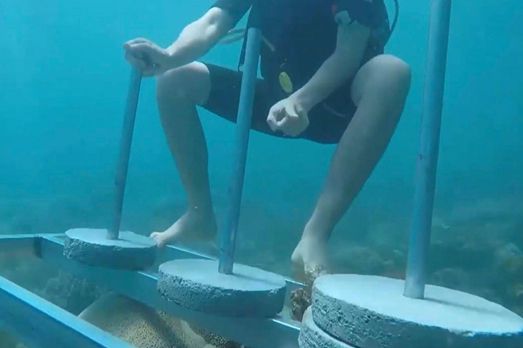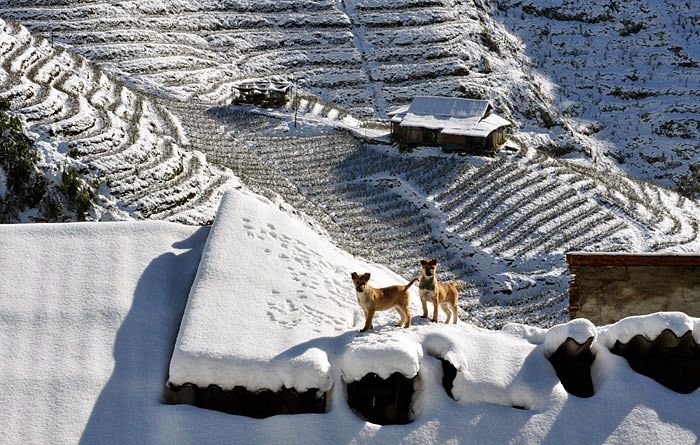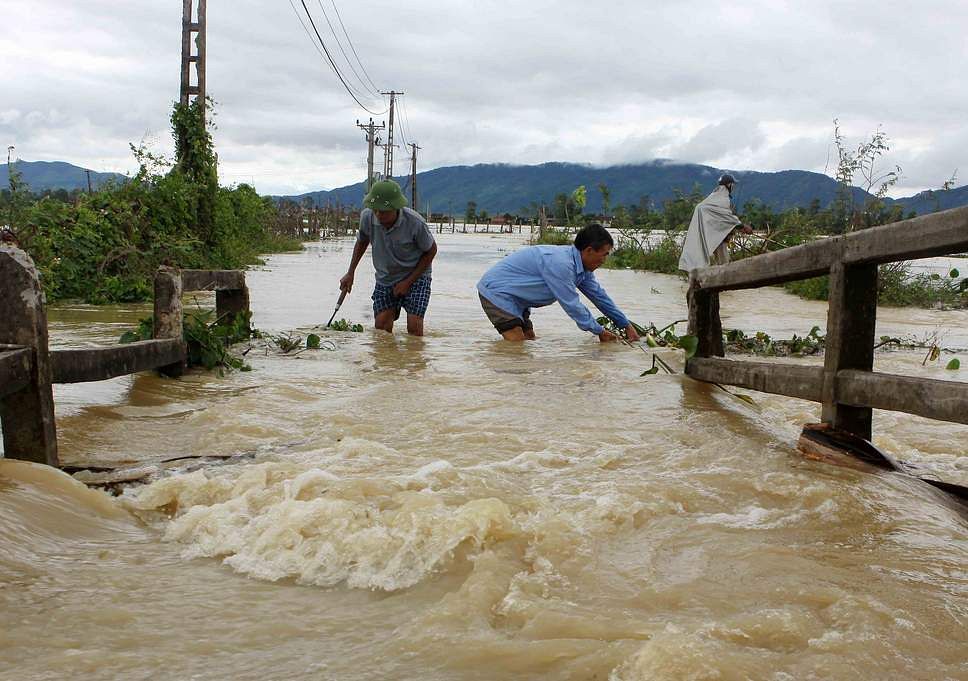Crayfish is currently the hottest crustacean at Vietnam’s seafood banquets, but these freshwater lobsters might cause an ecological disaster if left unchecked in the wild, experts warn.
Recently, the Ministry of Agriculture and Rural Development issued an urgent directive to the Customs Department, People’s Committees in localities across Vietnam, and market monitor agencies to tightly regulate crayfish sales and consumption in the country. According to Nguoi Lao Dong, the current state of affairs violates Vietnam's biodiversity laws.
Upon discovering errant crayfish in the wild, measures must be undertaken to ensure the creature can be isolated and exterminated, the directive instructs. It was issued in response to the rise of illegally imported crayfish in Vietnam in recent years.
According to Dr. Bui Quang Te from the Research Institute for Aquaculture No. 1, red swamp crayfish (Procambarus clarkia) used to be grown in his laboratory in Phu Tho Province in 2012 as a part of an experiment. However, scientists quickly realized that its invasive traits outweighed financial benefits, so they warned against breeding the species in Vietnam.
Since 2013, a ban was imposed on selling and rearing crayfish in the country, but online sales of the critter continue, especially after it entered local menus as the latest new foreign delicacy. Native to southern America, red swamp crayfish usually enters Vietnam frozen (from the US) or fresh (imported illegally from China). In restaurants, they’re usually marketed as Louisiana crawfish, eaten in sauce-drenched platters or in a hotpot.
Thuy, a seafood wholesaler in Go Vap District, Saigon, told VnExpress earlier in May that she's been selling crayfish for the past month. Once a week, around 100 kilograms of crayfish arrive from Hanoi and are quickly polished off by customers. Though some shops may advertise that these crustaceans hail from Vietnam, they're mostly imported from China in small batches, making it difficult for authorities to regulate them.
On May 19, customs officials in Lao Cai Province found 75 kilograms of crayfish from China, all hidden in toy crates. On May 11, the province also discovered 300 kilograms of the crustaceans. In both cases, the crayfish were still alive and could wreak havoc on local biodiversity quickly if released to the wild.
Red swamp crayfish is considered a dangerous invasive species because of its ecological plasticity, meaning it can survive in environments with varying salinity, water presence and oxygen concentration. Their burrowing activities can damage rice paddy fields while their omnivorous appetite means local aquatic species stand little chance of surviving in their presence.
[Photo by Mark Johnson via Maryland Biodiversity]














